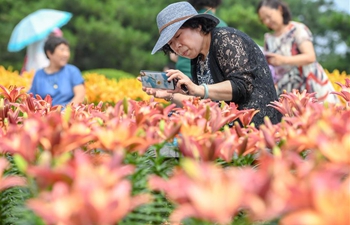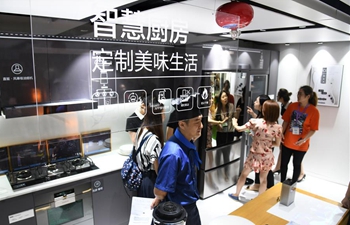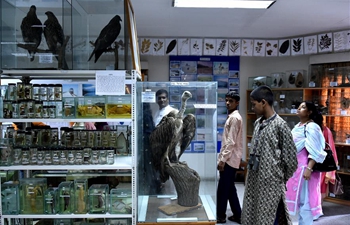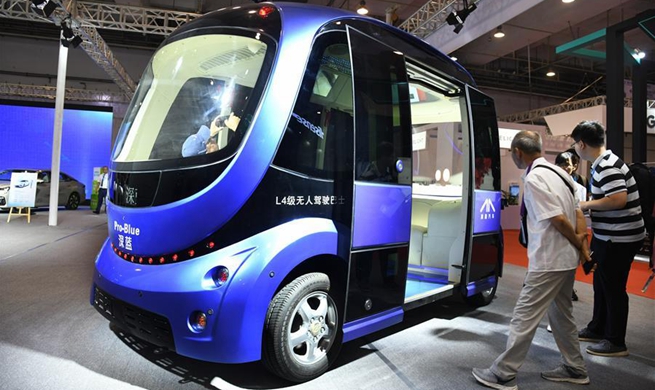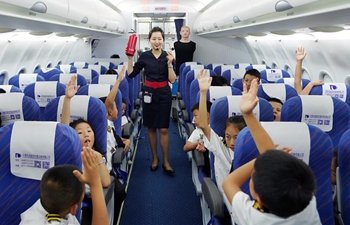BEIJING, July 19 (Xinhua) -- The Shanghai Stock Exchange sci-tech innovation board (SSE Star Market), China's Nasdaq-style tech board, is gearing up for starting trading Monday, with the first batch of 25 tech companies to be listed.
As of Thursday, applications of 148 companies for issuance and listing have been accepted by the SSE.
R&D INVESTMENT IN SPOTLIGHT
The first 25 companies involve biology and medicine, semiconductor, new energy and other emerging industries.
The new board has high standards on research and development (R&D) investment.
The R&D investment level of the first batch of the companies is much higher than that in the stock market enterprises such as the growth enterprises market (GEM) board on the Shenzhen Stock Exchange, which fully reflects the positioning of Star Market, said Peng Hai, an analyst at Lianxun Securities Research Institute.
The median proportion of R&D investment in revenue of the 25 companies in the past three years is 10.2 percent, while that of the GEM is only 5.2 percent, according to Lianxun Securities.
Star Market will not have specific requirements for revenue and profitability, but will focus on the R&D investment of enterprises, which shows Star Market is very strict with the sci-tech essence of listed enterprises, said Zhou Wenqun, head of equity investment in Fidelity International China.
The new board, proposed in November 2018 and approved in January, is expected to provide direct financing support for tech companies.
Star Market will be an effective fundraising channel for high-tech companies and driving more innovations in China while opening up further for international institutions and investors to access A-share market, said Toshiyasu Iiyama, head of China committee at Nomura Holdings.
HIGH PRICING?
The pilot registration-based IPO system will lead to more regular delisting and is quite different from the current IPO pricing mechanism.
The price-earnings ratio (P/E) of the first 25 companies averages to 53.4. Investors familiar with the invisible "red line" of 23 times for the issuance P/E under the approval system would inevitably question the "high pricing" of the first batch companies on Star Market.
The P/E is a standard measure of how expensive a stock is and shows the market expectations.
According to GF Securities, P/E of 88 percent of the first batch of companies is higher than the industry average, but P/E of 62 percent of the companies is below the average comparable A-share market P/E (static in the past month).
The pricing of the first batch of Star Market companies reflects market expectations and supply and demand, and is the result of the market itself, said Dai Kang, chief strategist at GF Securities.
NEW TRADING RULES
The pilot registration-based IPO system is a systematic reform, which will introduce a new trading mode different from the main board market.
Trading rules are also different. There is no limit on the price rise or decline in the first five trading days after the listing, but a 20-percent regular daily limit on the price rise or decline is set from the sixth trading day.
Investors eligible for trading are also different.
According to the China Securities Depository and Clearing Corporation Limited, as of the end of June, the number of A-share natural person accounts topped 153 million. But only 2.9 million are eligible to trade on Star Market by the end of June, according to the Shanghai Stock Exchange. It means about 150 million individual investors can not take part in the trading.
The new rules will bring many changes to the market, including greater fluctuations in stock prices, and individual investors should guard against risks, said Dong Dengxin, director of the Institute of Finance and Securities at Wuhan University of Science and Technology.




